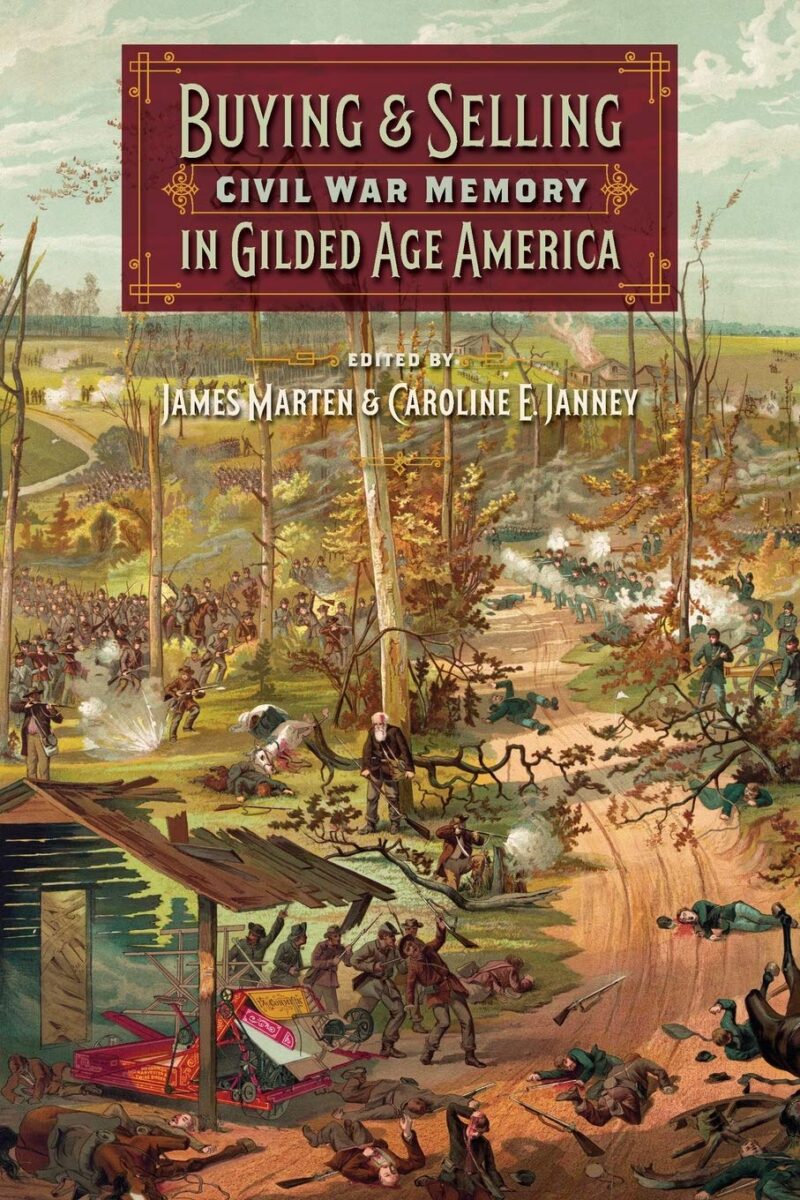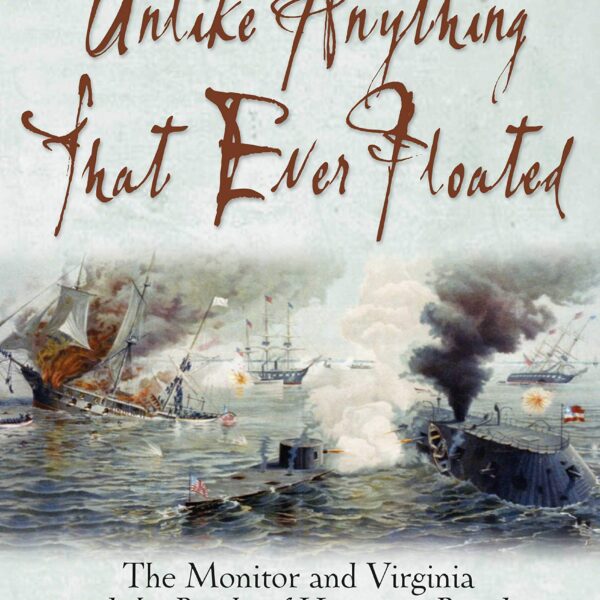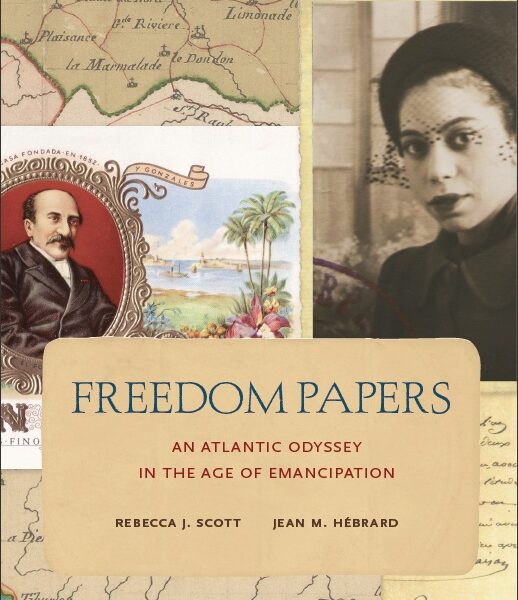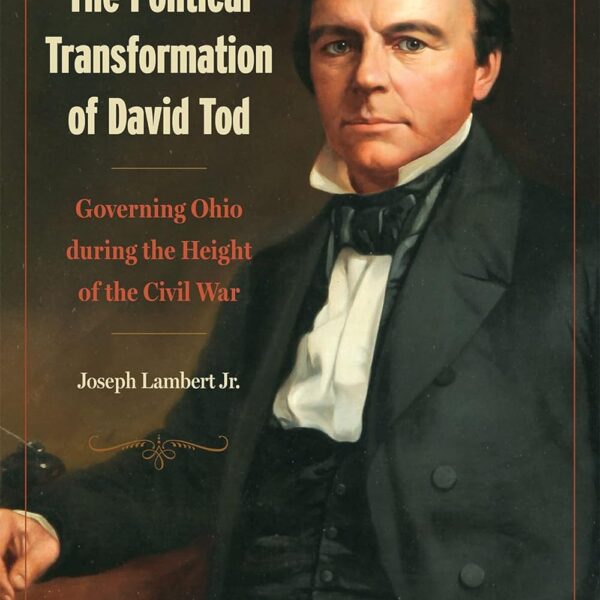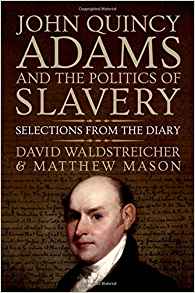In the two decades since the publication of David W. Blight’s Race and Reunion: The Civil War in American Memory, scholarship on the meaning and legacy of our nation’s fratricidal conflict has continued to multiply. Historians have considered disabled bodies, popular literature, public art, battlefield landscapes, soldier monuments, veterans’ organizations, Blue-Gray reunions, and filmic representations as distinctive “sites” of memory. Blight’s powerful thesis—that the road to reunion detoured around a national reckoning with race and the memory of emancipation—has found its way into popular discourse, even as it continues to invite vigorous debate. Scholars have identified the “limits” of reconciliation; suggested the vitality of emancipationist memories; and cautioned that sanitized and segregated narratives of the war never went unchallenged.[1]
The terms of this debate reveal the extent to which the scholarship on Civil War remembrance has remained stubbornly focused on the substance of collective memories. “Sometimes,” Blight concedes, “the study of memory can seem like just one damned commemoration or ritual after another with no framework, as though history is really nothing more than competing parades and monuments.” As the historian Alon Confino has observed, “there exists in memory studies the danger of reducing culture to politics and ideology.” Confino appeals for a much more capacious, “everyday history of memory.” To be sure, Civil War memory entailed more than preparing an article for Confederate Veteran or strutting past the courthouse on Memorial Day. The veteran who winced in pain and the widow who woke to an empty house—no less than the orphan who longed to know the father some rebel planted in a distant grave—were also engaged in the “work” of Civil War memory.[2]
Editors James Marten and Caroline E. Janney start us down this road with their important new volume. The editors have assembled fifteen essays that, taken together, suggest how historians of consumerism, advertising, material culture, and lived experience can reenergize the study of Civil War memory. Examining how “merchants, entrepreneurs, printers, and advertising agencies capitalize[d] on the war’s lingering effects”—and how Gilded Age Americans “consumed” the conflict—the contributors illustrate the war’s “tangible presence in the lives of many for years and even decades after Appomattox” (7).
The collection is divided into three sections. The first cluster of essays consider “efforts to create and to shape veterans’ lives” (11). John Neff’s essay recalls the strange fate of Libby Prison, the imposing Richmond tobacco warehouse that enterprising investors moved to Chicago and then repurposed as a public museum. Jonathan S. Jones notes that Civil War veterans, many of whom were became addicted to the opium they first sampled in field hospitals, proved a ready, late-nineteenth century market for patent medicine cures. “Demand among addicted veterans,” he writes, helped to “sustain” the industry for decades (45).
Three essays in this section consider the veterans’ literary marketplace. Crompton Burton revisits The National Tribune, the nation’s premier periodical for U.S. veterans. Burton deems the paper’s editor, the wounded veteran turned pension claim attorney George Lemon, “an innovative entrepreneur” and “resourceful capitalist” who used the Tribune to build “a rewarding relationship with veterans that was both transactional and transformational.” The paper not only supplied a venue in which ex-soldiers could share their memories, but also fostered a sense of community, identity, and purpose among the war’s blue-coated survivors (75). In an especially well-crafted essay, Kevin R. Caprice uses objects—in particular, the premiums offered by The National Tribune—to trace shifting ideas about manhood and identity among Union ex-soldiers. Edward John Harcourt considers the Military Annals of Tennessee, an ambitious literary project that afforded rebel veterans the chance “to shape a community memory of the war” (99).
Adding to the work of scholars such as Adam H. Domby, who have studied how the Lost Cause cleverly effaced the complex history of southern dissent and wartime Unionism, Shae Smith Cox writes that uniforms for Confederate veterans promoted an “idealized memory” of the conflict. Former rebels garbed themselves in “homogenous regimental regalia that had never existed during the war.” Yet even as the uniforms promoted the Lost Cause, their manufacture by firms on both sides of the Mason-Dixon “helped peddle reconciliation” (90).
Contributors to the second section turn our attention to marketing and advertising. Historians Anna Gibson Holloway and Jonathan W. White note the efficacy of the ironclads Monitor and Merrimack as marketing tools during and long after the war; their essay inventories a stunning range of advertising campaigns that exploited the image of these sturdy vessels to move product. The dueling ironclads also promoted a message of sectional harmony and national reunion, two themes that Amanda Brickell Bellows traces in her study of trade cards and commercial visual culture. Reconciliation, she concludes, quite literally “sold.” Natalie Sweet recounts how W. Duke, Sons and Company took “advantage of the late nineteenth-century interest in the Civil War” to market its cigarettes (155). Trading cards and capsule biographies peddled a heroic view of the war, extolling the virtues of intrepid commanders on both sides. David K. Thomson rounds out the section with an essay on the fate of war bonds, which during the war brought a “wider swath of the population” into financial markets (159). As Thomson notes, Civil War debt invited much postwar debate. “While perhaps not as poignant as an empty sleeve,” he writes, “bonds nevertheless constituted a critical reminder of the costs of war” (162).
The final section explores a diverse array of texts used to peddle the Civil War past. Barbara A. Gannon peers at stereoviews, an oddly understudied medium that first conveyed many grisly battlefield images to northern audiences before quickly falling out of favor. “The evolution of the pictorial presentation of Civil War scenes may reflect more than the triumph of the lost cause or national reunion,” she concludes. “A more urgent issue for a nation beginning a century when each generation fought its own war was to forget the gruesome reality of war” (188). Margaret Fairgrieve Milanick contributes a fascinating essay on the “Myriopticon,” a “miniature moving panorama” of the Civil War produced by Milton Bradley and Company. Hand cranked in hundreds of northern middle-class parlors, the popular presentation, illustrated with images harvested from the pages of Harper’s Weekly, affirmed “the divine righteousness” of the Union cause (205). Paul Ringel presents an essay on Oliver Optic’s Civil War novels. Even as the Lost Cause consolidated cultural power in the late nineteenth and early twentieth centuries, children’s books and magazines promoted “a historical memory of the war that was firmly and confidently northern” (209). Graying veterans, meanwhile, made themselves into “texts” by riding the public lecture circuit, the subject of James Marten’s essay. So-called “war lecturers”—among them Anna Elizabeth Dickinson and Corporal James Tanner—plied public audiences with their preferred narratives, making and remaking the Civil War on the stump. Caroline Janney concludes the volume with a piece on the cyclorama era. These immersive paintings, Janney contends, did not seek to advance a particular interpretation of the war; instead, they sought to turn a profit.
Assembling essays from seasoned scholars and early career historians alike, this well-conceived volume demonstrates the yet untapped potential of memory studies to reveal new insights about the Civil War’s long shadow. Borrowing approaches from material culture studies and histories of consumer culture, Buying & Selling Civil War Memory reveals how the war, in ways big and small, continued to annex ordinary lives at century’s end.
Brian Matthew Jordan is Associate Professor of Civil War History at Sam Houston State University and the author of A Thousand May Fall: Life, Death, and Survival in the Union Army.
